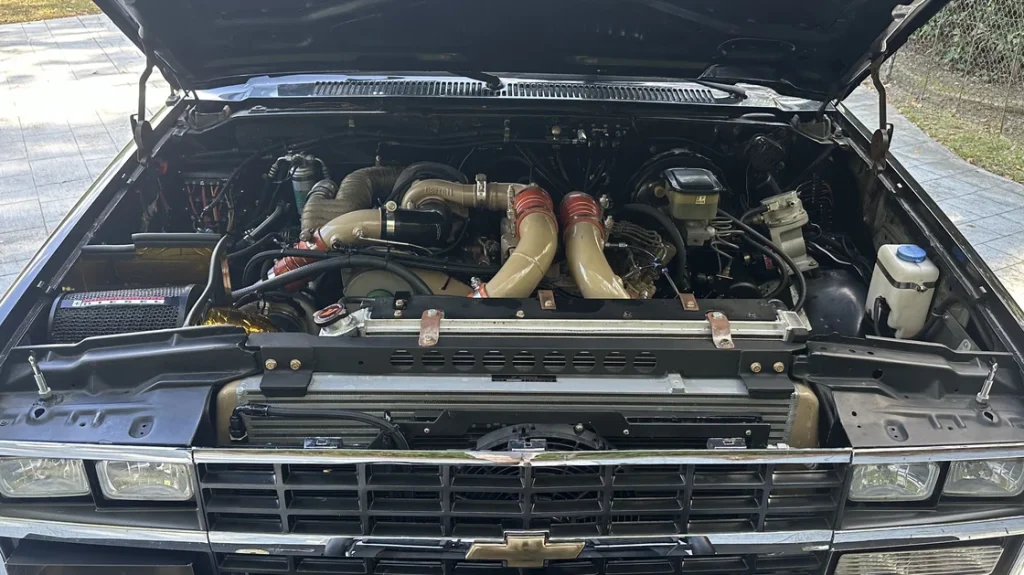Compound Turbo Evaluation
It’s no secret that the iDash is the most powerful compact engine evaluation tool on the market. And, when coupled with our expansion modules and add-on sensors, it can be used to monitor anything your heart desires and help you evaluate your engine’s components. In James Charron’s case, the iDash is helping him to reshape his project and its power output. His project is a 1989 Chevy Blazer with a 3.9L 4-cylinder Diesel fitted with a custom compound turbo system.

“It was last recorded at an event making 402 horsepower,” explained James. “That was with an older turbo setup. Before, it would build up power really quickly, but when you’d get to the top end, it would be like you’d hit a wall where it just didn’t seem powerful like there was no more left. Now, with the turbo changed, you can feel the primary kick in, and the secondary now has a larger turbine housing. I picked up so much more shaft speed because in the older setup, I was choking the secondary, so it never spooled, and the primary would kick in and take RPM away from it. It was a double whammy, and I could see it all on the iDash’s data logs. Now, I’ve got a whole lot more pressure ratio on the secondary. I’m doing a lot less pressure ratio on the primary. The truck is snappier now. There’s a lot less backpressure, too. I think I went from 100 psi with 74 pounds of boost to 89 psi with 69 pounds of boost. I lost a little boost, but I lost a lot of back pressure and gained shaft speed. The whole thing runs so much better.

James has invested in an expansive nervous system from Banks, enabling him to record and playback the data and improve his compound turbo. “I have three 5-channel Analog with Frequency Module Systems and two 4-channel Thermocouple Modules going to an iDash DataMonster and an iDash SuperGauge. As far as sensors go, I have two turbo speed sensors, an AirMouse to record atmospheric conditions, and temperature and pressure positioned behind my filter to read my intake. I have the pressure and temperature out of the primary turbo, pressure and temperature out of the secondary turbo before the intercooler, speed sensors on both turbos, and pressure and temperature after the intercooler. On the iDash, if you have certain readings, it will unlock new parameters too! Seeing how the temperature plays a part in performance is really awesome. Feeding cold air to the engine really makes a difference! I was able to experiment with different size intercoolers and between stage coolers. I even tried liquid-coupled coolers. The readings have led me to the setup that I have right now, which is one intercooler from a 5.9L Cummins.”

“I have to say it’s fun data logging and looking at results after you make changes. It’s also good knowing that what I’m doing is backed up with facts and data, not guesses.”

